You Don’t Have ‘Bad Style’. You Have Unexpressed Emotions
Fashion isn’t surface-level. Style is soul-level.
And most of us? We’re dressing from a place of survival, not expression.
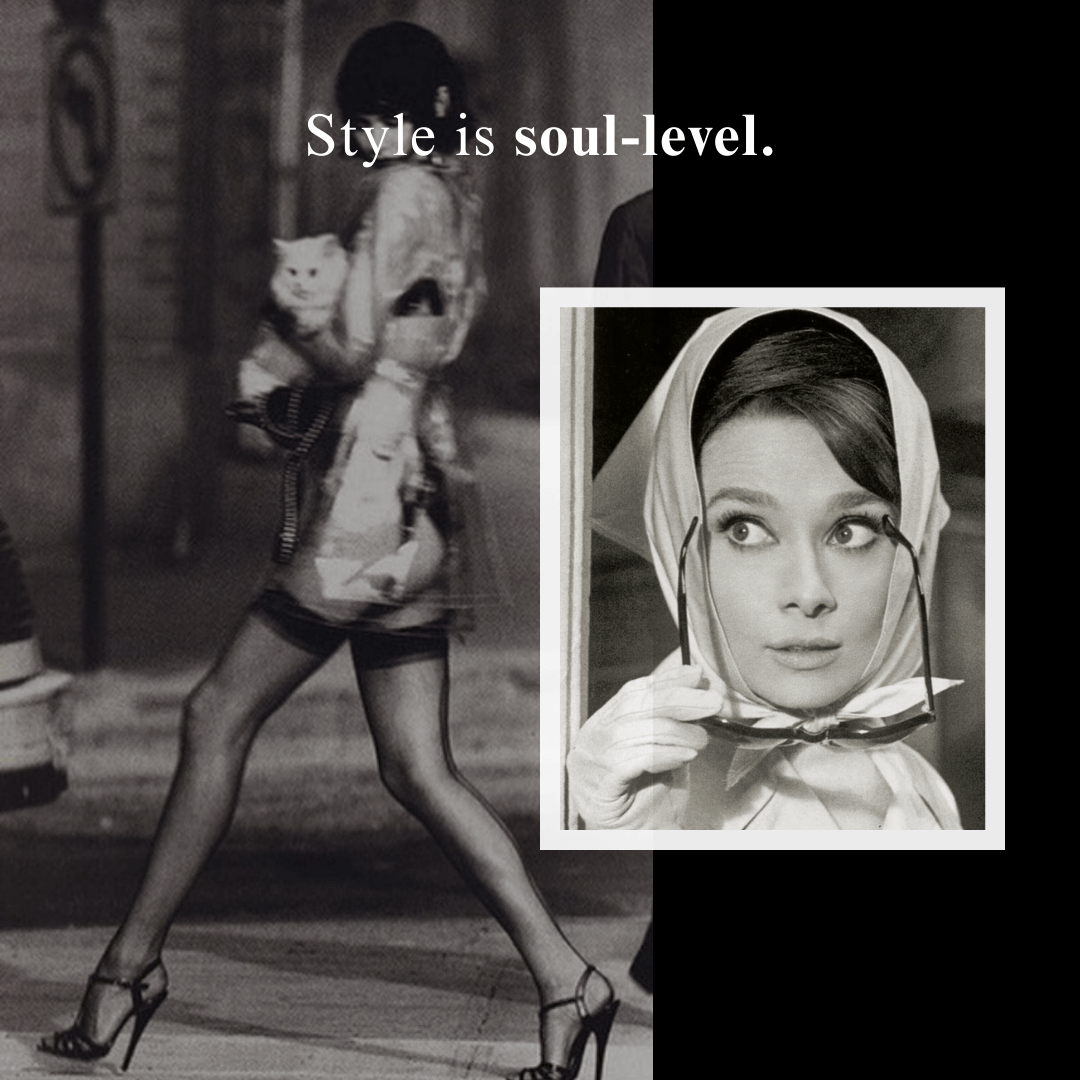
Let’s just get one thing clear, babe:
You were never meant to blend in.
You dress to be acceptable. To be chosen. To stay invisible.
To armor yourself in trends so you don’t have to be misunderstood.
But deep inside, there’s a version of you who knows what she would wear if she wasn’t afraid of being too much. She’s stylish as hell. She’s intuitive.
And she’s tired of dressing for everyone else’s comfort.
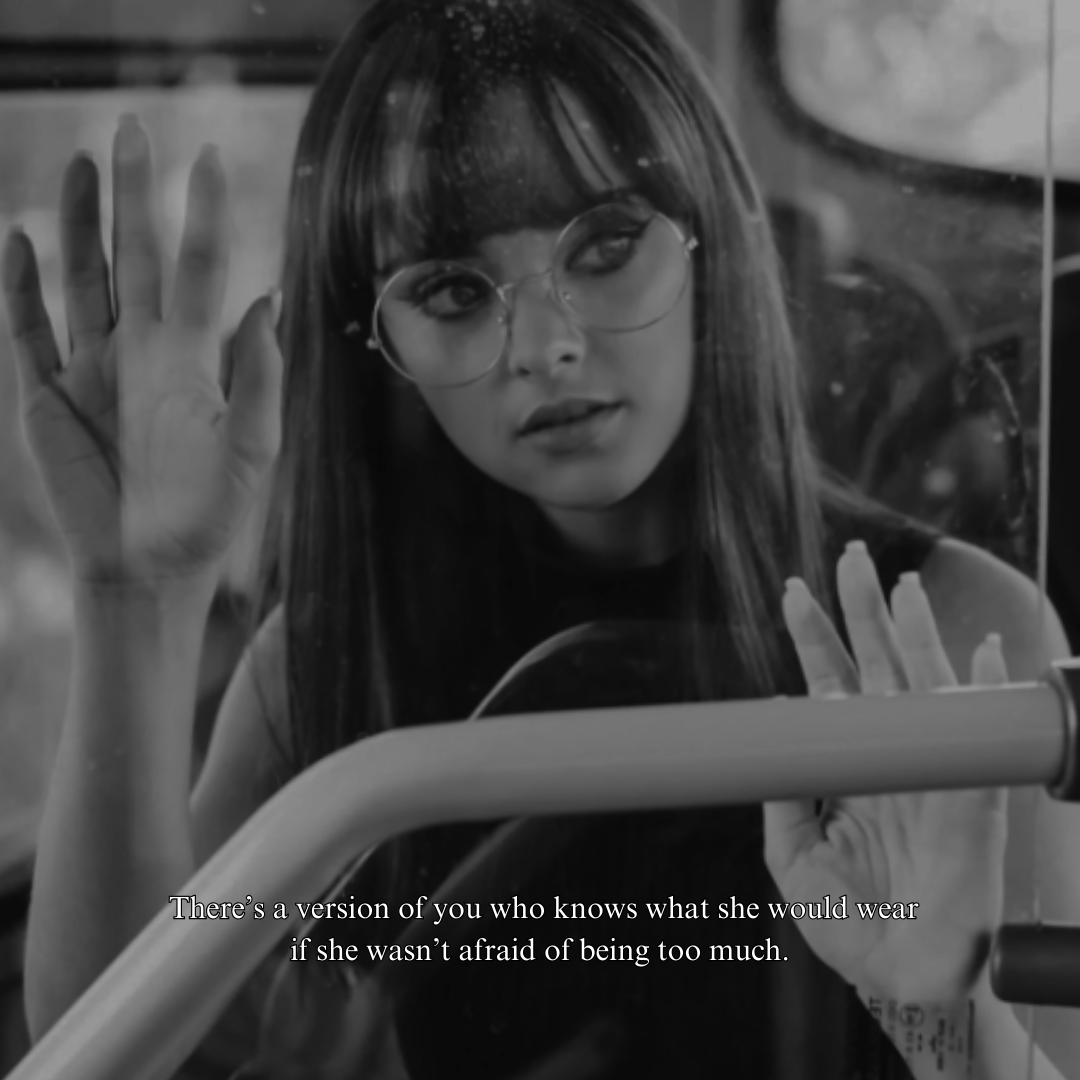
Let me guess:
-You keep buying the same color because it feels "safe"?
-You hoard statement pieces but never wear them?
-You purchase garments based on how you feel in that moment,
not how you would want to feel?
Yeah.
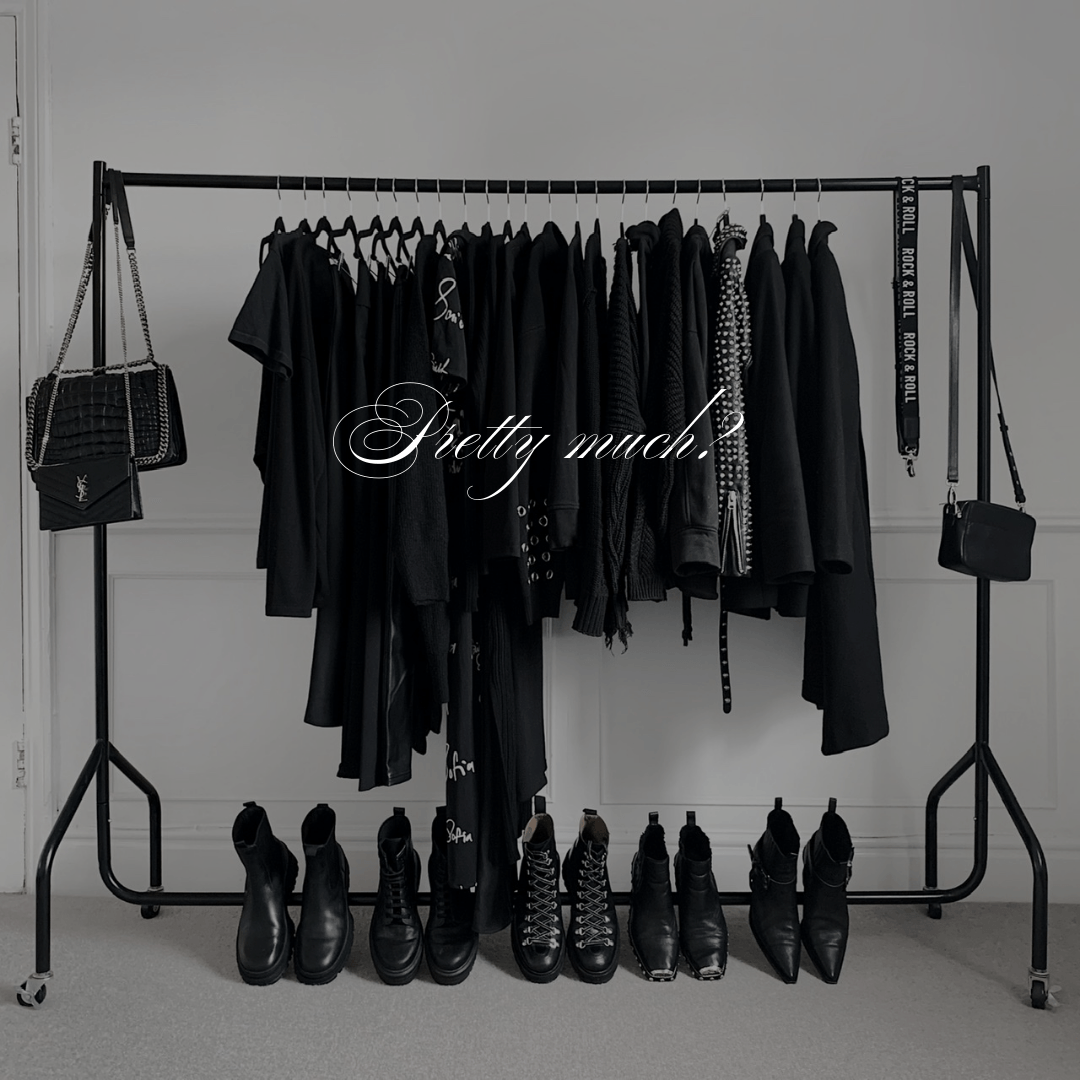
Your closet is a manifestation of your internal world.
If it feels chaotic, neglected, or uninspired—check in.
Where are you not feeling seen? Where are you holding back?
Healing your style isn't about buying new clothes.
It's about meeting the version of yourself you've been ignoring.
It's about asking:
What do I want to say with how I show up?
What emotions have I been silencing?
Where did I learn to shrink?
Start small. Pick one outfit that feels like the real you. Wear it unapologetically.
Document how it feels. Let your body relearn that it's safe to be expressed.
This is your sign to stop gatekeeping your own evolution.
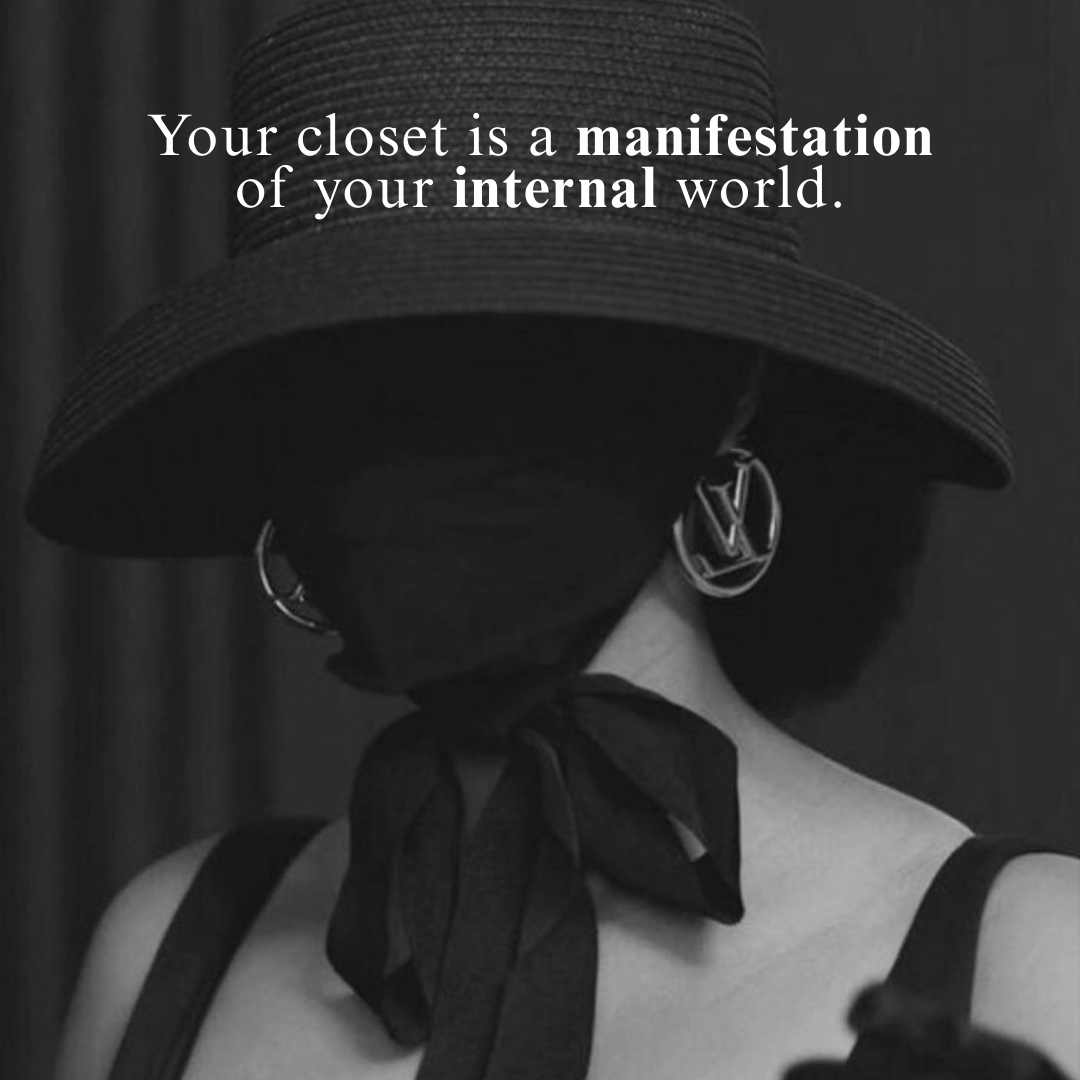
Fashion is the loudest silent language we speak.
Every outfit tells a story, even if we didn’t mean to tell it.
Here's a deliciously deep thought-provoking list of:
PSYCHOLOGICAL MOODS & MESSAGES
YOUR OUTFIT MIGHT BE SENDING
(without you even realizing it):
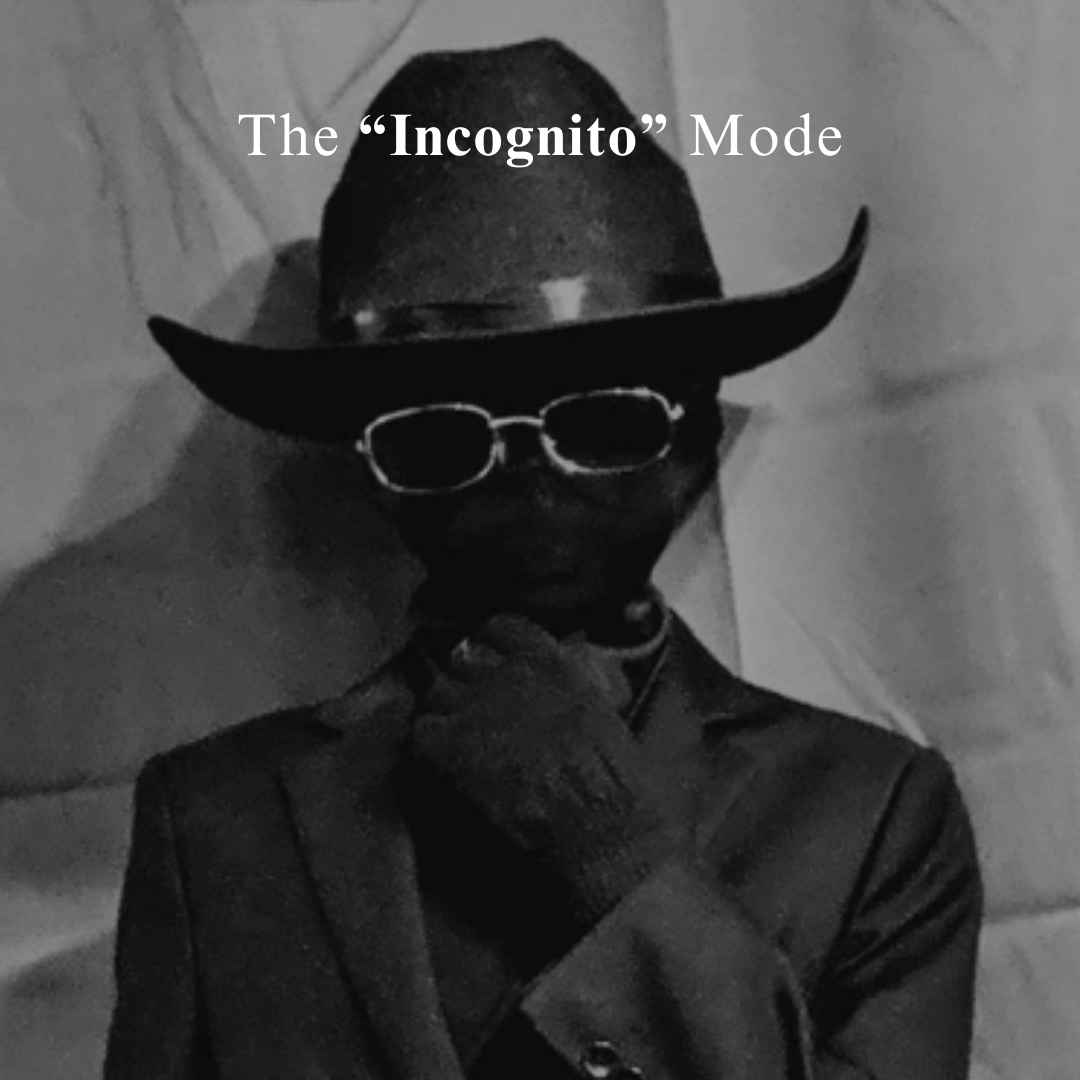
The "Incognito" Mode:
Insecurity & Self Doubt
Clothes aren’t just fabric — they’re armor, language, and sometimes even confession.
When insecurity creeps in, fashion can shift from self-expression to self-erasure.
And as women, let’s be honest... sometimes dressing without
attracting the wrong kind of attention can feel like survival.
There are days we’re not trying to be seen, only trying to be safe. That’s real.
But safety doesn’t have to come at the cost of beauty, confidence, or self-respect.
The secret? Learning to dress in a way that protects without hiding,
and expresses without exposing.
MOOD 1:
“I’m insecure, but I’m trying to hide it.”
Typical Outfits: Oversized sweaters, baggy jeans, plain t-shirts
Psychology: Disappearing into fabric, seeking comfort over visibility.
Style becomes a shield, not a mirror.
Upgrade: Keep the comfort, refine the silhouette.
Swap the shapeless hoodie for a tailored oversized blazer.
Pair baggy trousers with a fitted top.
Add one intentional detail — gold hoops, a scarf, sleek hair.
Safety and style.
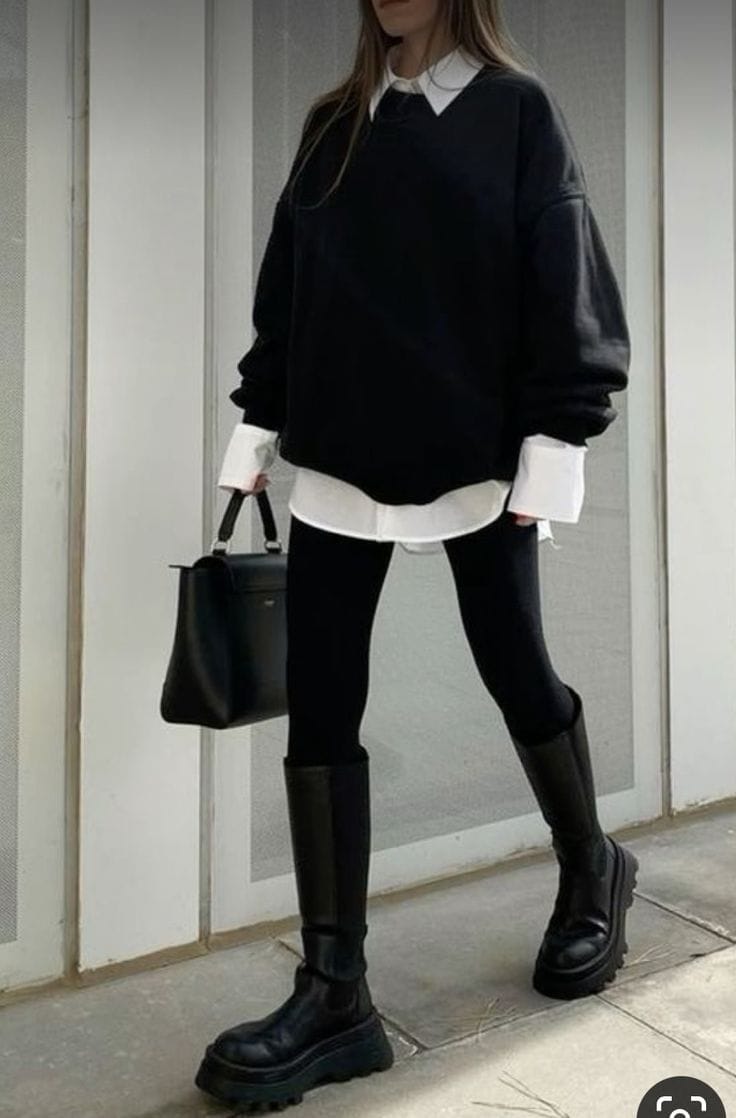
MOOD 2:
“Please don’t look at me.”
Typical Outfits: Hoodies pulled low, all-black, sunglasses indoors
Psychology: Defensive dressing.
This is camouflage — a subconscious attempt to blend into the background.
Upgrade: Monochrome.
Black silk instead of faded cotton.
A structured trench instead of a baggy hoodie.
Layers that whisper “privacy” but still radiate elegance.
Think of it as controlled visibility: you decide what’s seen, and what’s not.
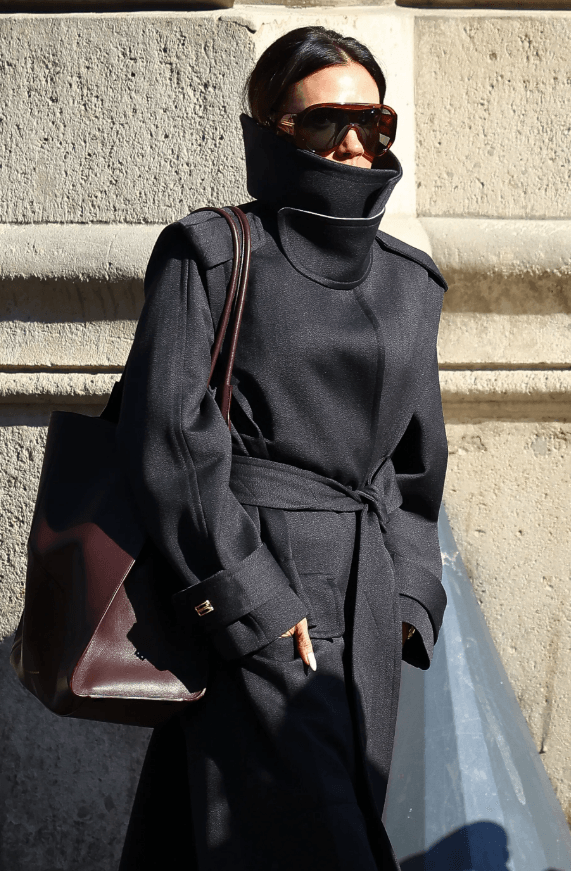
MOOD 3:
“I don’t feel worthy today.”
Typical Outfits: Pajamas in public, mismatched pieces, scuffed shoes
Psychology: When you feel unworthy, appearance feels meaningless.
This is less about fashion and more about numbness — an outward reflection of an inner withdrawal.
Upgrade: Small rituals.
Brush your hair even if you wear sweats.
Clean sneakers instead of scuffed ones.
A spritz of perfume before leaving the house.
These micro-acts of self-respect rewire the subconscious, telling it:
I am worth showing up for.
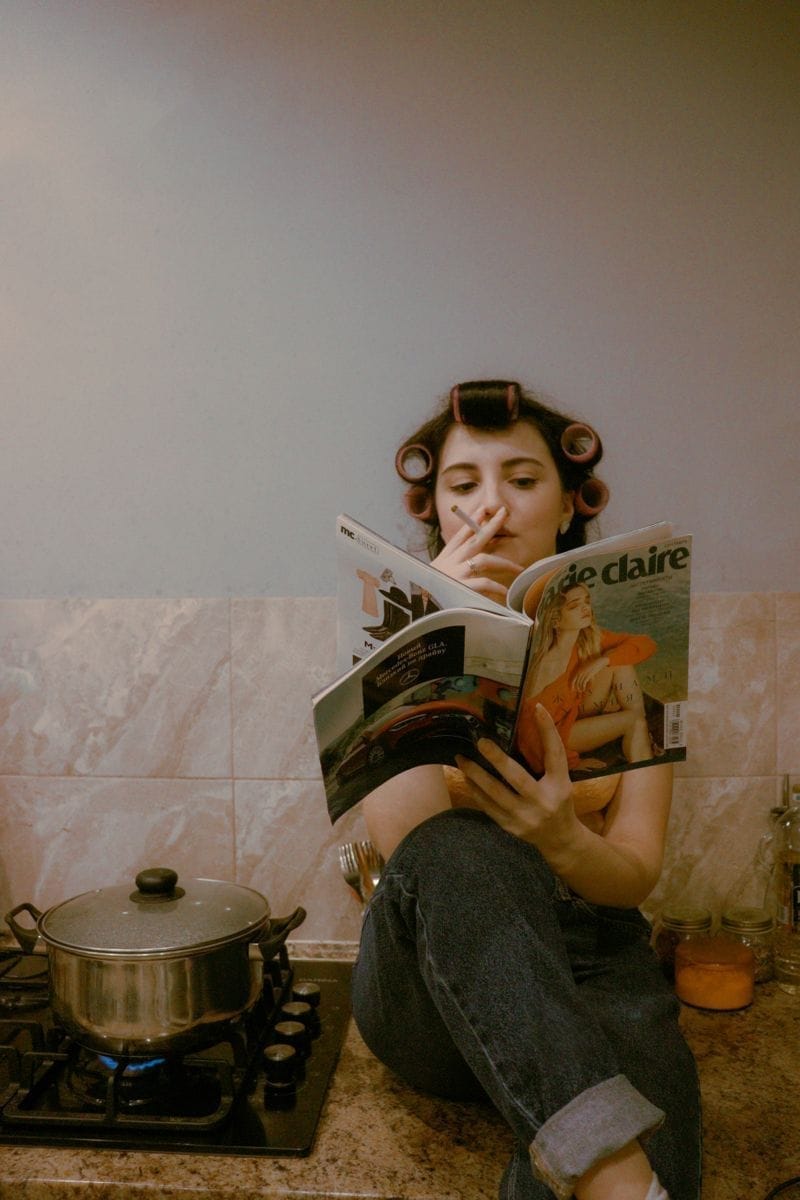
Style Practices for Healing Insecurity
Start with layers.
Layers create safety. They let you reveal or conceal at will, giving a sense of control over how the world perceives you.
Choose fabrics that breathe.
If you fear being stared at, don’t confuse coverage with suffocation. Light cottons, linens, and soft blends protect without trapping.
Balance masculine and feminine.
Baggy jeans? Pair with a soft blouse. Oversized shirt? Add delicate jewelry. This duality communicates both strength and softness.
Respect over spectacle.
You don’t need to be “loud” to be seen.
True elegance is subtle. A woman who takes care of herself radiates presence without begging for attention.
Reframe visibility.
Being looked at is not always the same as being objectified.
Style can demand respect rather than consumption.
Curate pieces that make people see you as intelligent, intentional, sovereign.
Dressing well isn’t about attracting everyone’s gaze — it’s about attracting the right kind of gaze.
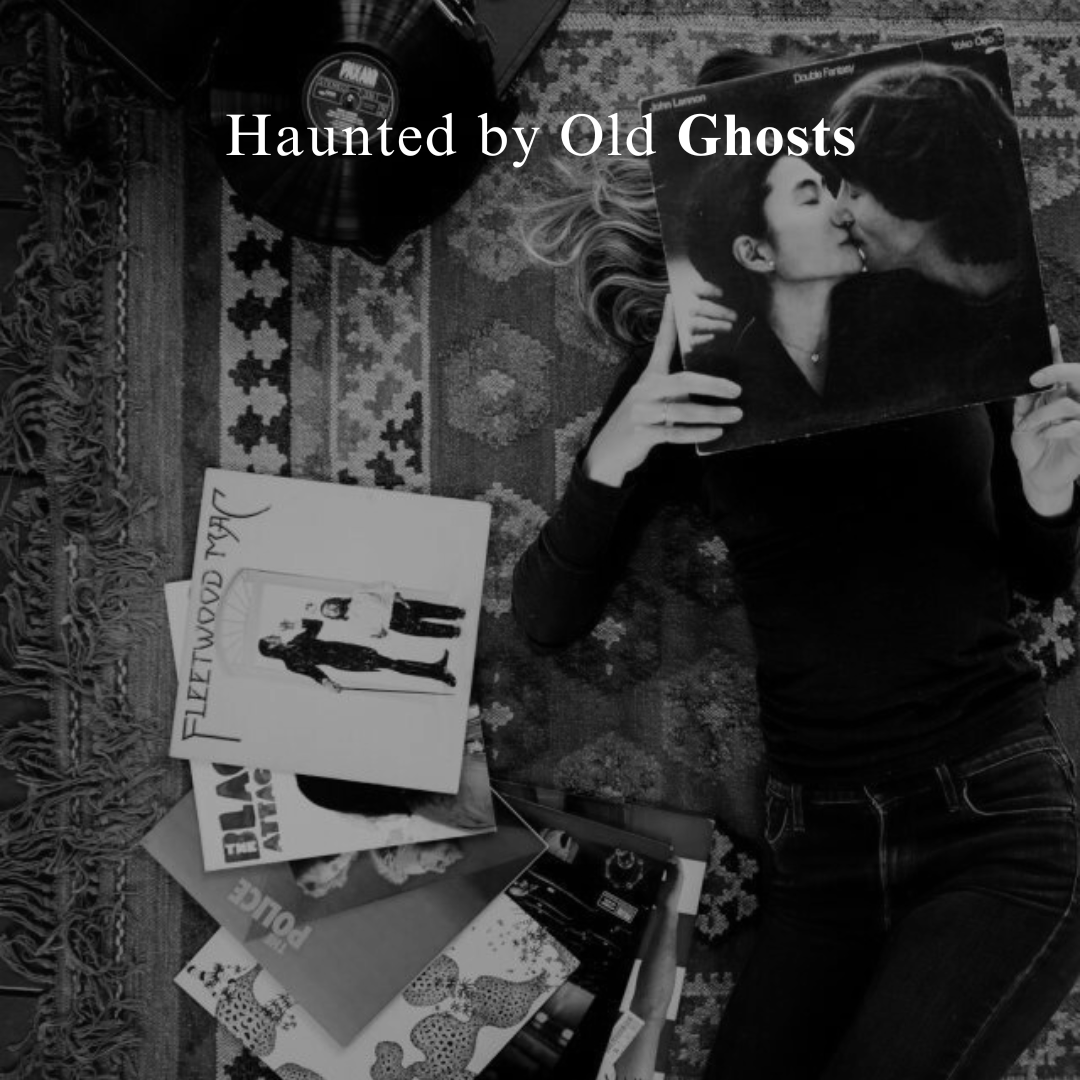
Haunted by Old Ghosts:
Trauma & Nostalgia
Fashion isn’t only about aesthetics — it’s memory stitched into fabric.
When we’ve endured trauma or deep emotional pain, our clothing often becomes a form of self-soothing, or even a shrine to what once was.
We wear the past because part of us is still trying to protect the younger self who lived it.
We cling to familiar fabrics because change feels too sharp, too soon.
But healing asks us to remember: we can honor the past without getting trapped in it.
MOOD 4:
“I miss the past.”
Typical Outfits: Vintage dresses, nostalgic prints, heirloom jewelry, accessories from childhood
Psychology: Clothing becomes a time machine. You’re dressing your inner child, longing for the innocence, safety, or simplicity of “before.”
Message: "I want to feel the way I used to feel."
Fashion becomes a blanket of nostalgia, not an expression of the present self.
Upgrade: Keep the memory, evolve the silhouette.
Pair a vintage blouse with sleek tailored trousers.
Layer grandmother’s locket over a modern slip dress.
Let your style whisper history without freezing you in it.
✨ Healing Practice: Instead of asking “What did I wear back then?” ask “How can I dress to protect the woman I am now — while still honoring the girl I was?”
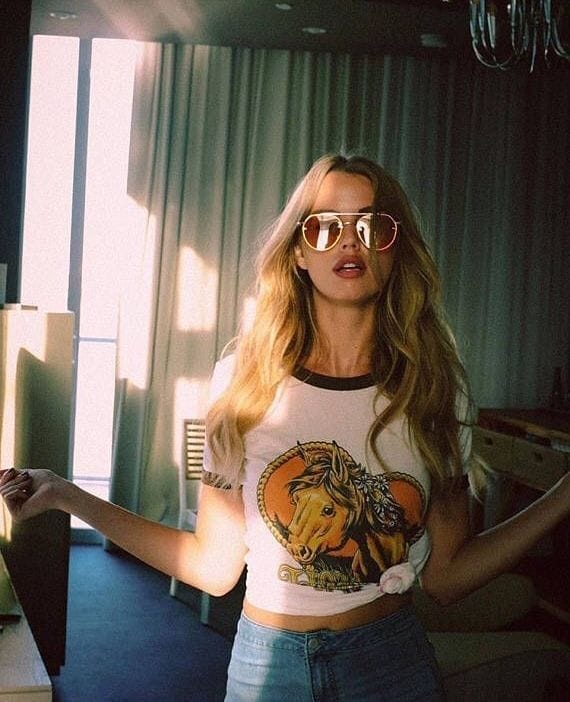
MOOD 5:
“I’ve outgrown this version of myself.”
Typical Outfits: Clothes that don’t fit, feel awkward, outdated, or spark a quiet resentment
Psychology: You’ve shed an old identity, but your clothes haven’t caught up.
Every time you wear them, they remind you of who you no longer are.
Message: "I’m stuck between versions of myself."
It’s an identity limbo, with fabric holding onto a chapter you’ve already transcended.
Upgrade: Curate a ritual of release.
Donate or sell the pieces that feel heavy with memory.
Invest in one or two quality garments that reflect the woman
you’re becoming, not the one you’ve already outgrown.
✨ Healing Practice: Stand in front of your closet and ask: Does this piece affirm the woman I am today, or chain me to the one I used to be?
Style Practices for Healing Through Trauma
Upgrade nostalgia.
Integrate vintage with modern. The past can inspire you without defining you.
Release with reverence.
When letting go of clothes tied to old pain, thank them for the role they played. Ritual turns release into empowerment.
Buy for your becoming.
Even one timeless, high-quality piece can anchor you in the present moment of your growth.
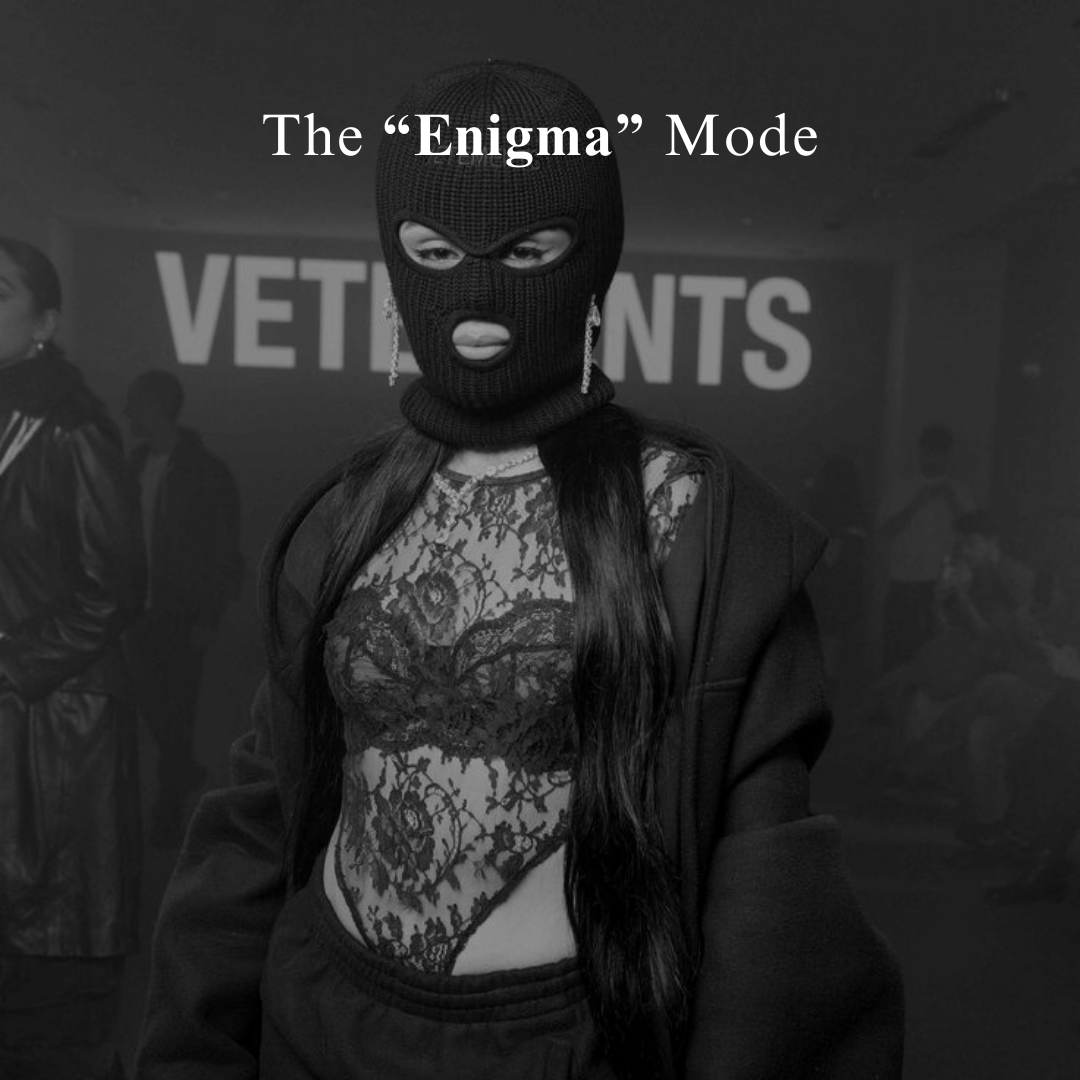
The "Enigma" Mode:
Fear of Judgement & Rejection
For many women, clothing is not just fabric — it’s a mask. A carefully chosen layer between the self we want to reveal and the self we fear the world will reject.
Every outfit becomes negotiation: How much of me is safe to show? How much must I hide?
Fear of judgment breeds either invisibility or performance.
But true style comes when we no longer dress for approval — we dress from self-possession.
MOOD 6:
“I want to be seen, but I’m scared.”
Typical Outfits: A bold red shoe under a long neutral coat, a daring top muted by beige layers, jewelry tucked discreetly beneath a sweater.
Psychology: You’re testing visibility.
Your authentic self peeks out in flashes,
but you quickly cover her back up to avoid risk.
Message: "I want recognition, but only on my terms."
This is a push-pull between self-expression and self-protection.
Upgrade: Allow one statement piece to shine without hiding it.
If you wear the red shoe — let it lead the outfit. Let yourself be seen and safe.
✨ Healing Practice: Ask yourself: What’s the smallest way I can show my true self today, without hiding it under layers of apology?
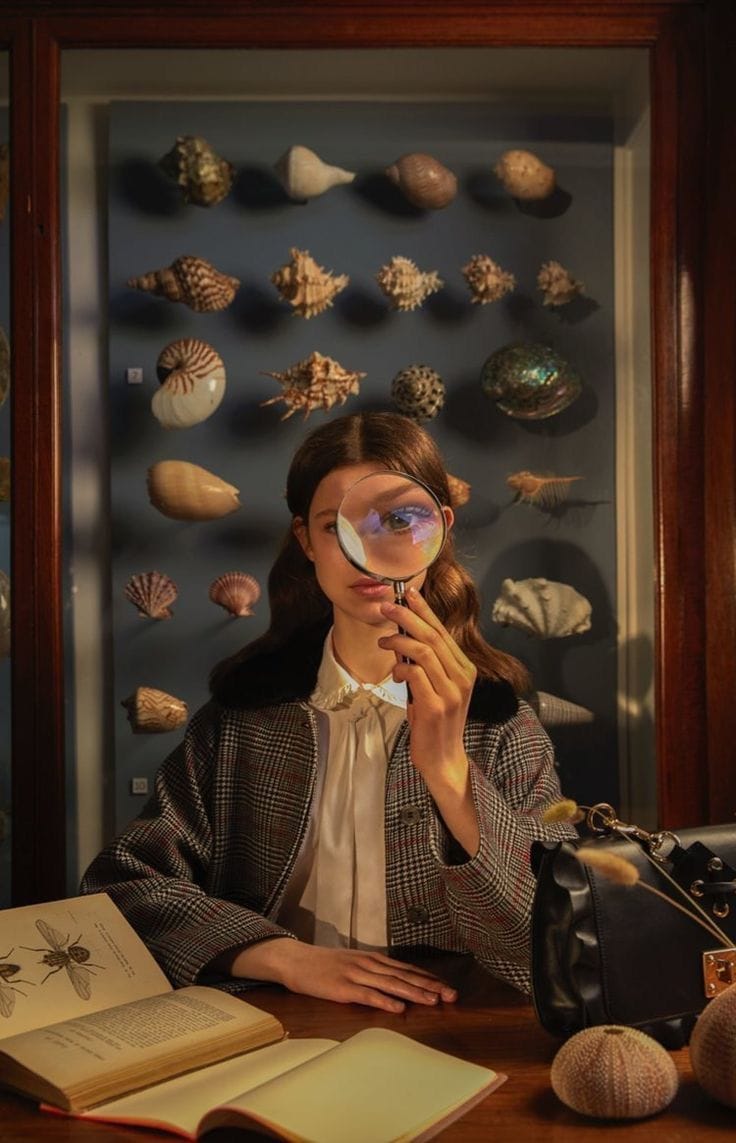
MOOD 7:
“I don’t know who I am.”
Typical Outfits: Yesterday a bohemian maxi dress, today a streetwear hoodie, tomorrow a corporate blazer. Endless trend hauls with no cohesion.
Psychology: Style becomes a mirror maze — reflecting everyone else, but never grounding in you. The constant reinvention is less about play and more about searching for identity through external validation.
Message: "Maybe if I try everything, I’ll finally land on who I am."
Upgrade: Instead of chasing trends, start curating your essence.
Identify three words that define how you want to feel in your clothes
(e.g. elegant, effortless, untouchable). Let every purchase pass this test.
✨ Healing Practice: Journal: What would I wear if no one could ever judge me again?

MOOD 8:
“I crave control.”
Typical Outfits: Crisp tailored blazers, perfectly ironed trousers, monochrome palettes, coordinated accessories.
Psychology: When inner chaos reigns, clothing becomes the battlefield of order. Every seam in place, every detail intentional — not just style, but armor.
Message: "If I look perfect, no one will see the cracks underneath."
Fashion here is a discipline, a ritual of control to mask vulnerability.
Upgrade: Keep your love for structure, but soften it with one element of surrender — an undone button, a flowy scarf, a touch of organic fabric.
Control can coexist with softness.
✨ Healing Practice: Ask yourself: Am I dressing to feel powerful, or to avoid feeling powerless?
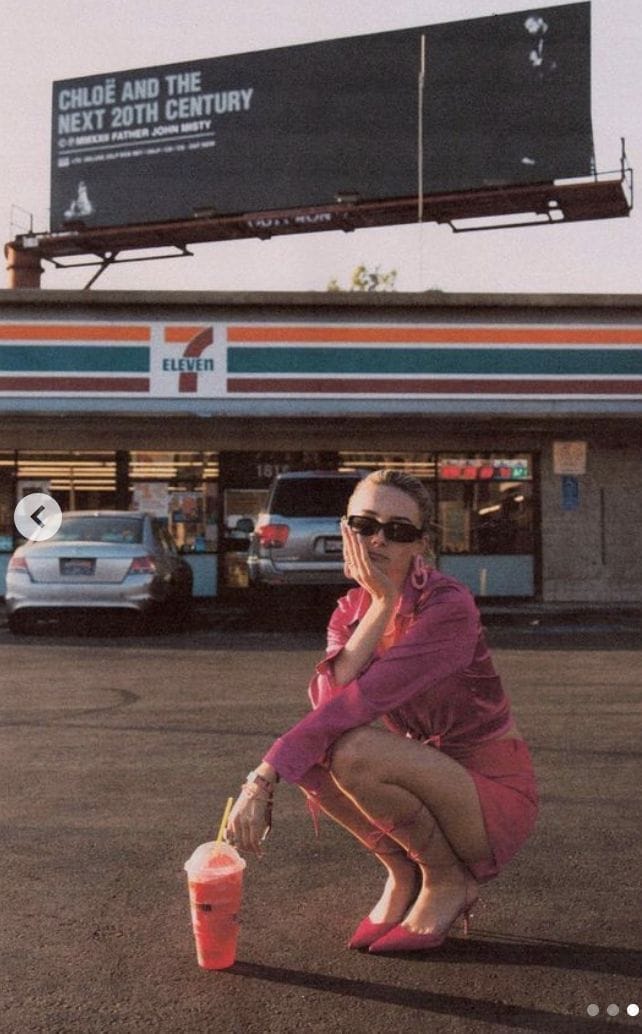
MOOD 9:
“I need validation.”
Typical Outfits: Loud designer logos, monogrammed everything, luxury brands head-to-toe, over-accessorized looks.
Psychology: When self-worth feels fragile, fashion becomes a megaphone: Look at me. I am valuable. I belong.
But worth stitched into a label is still external.
Validation borrowed from trends fades quickly.
Message: "See me as worthy. Tell me I matter."
Upgrade: Instead of chasing approval through logos, invest in timeless, quality pieces that whisper luxury instead of shouting it.
Cultivate an “if you know, you know” wardrobe that honors yourself, not just social standards.
✨ Healing Practice: Ask yourself: If no one knew the brand of my clothes, would I still feel beautiful, powerful, enough?
Integration Practices for Fear of Judgment in Style
Spot your “hidden gems.”
Notice which parts of your outfits you tuck away — jewelry, color, detail. Ask why.
Choose essence over trends.
Anchor your wardrobe in values, not algorithms.
Balance order with softness.
Let control serve you, not suffocate you.
Practice micro-reveals.
One small piece of authenticity each day teaches your nervous system it’s safe to be seen.
Reframe rejection.
If someone dislikes your style, it simply means your frequency isn’t theirs — which is freedom, not failure.
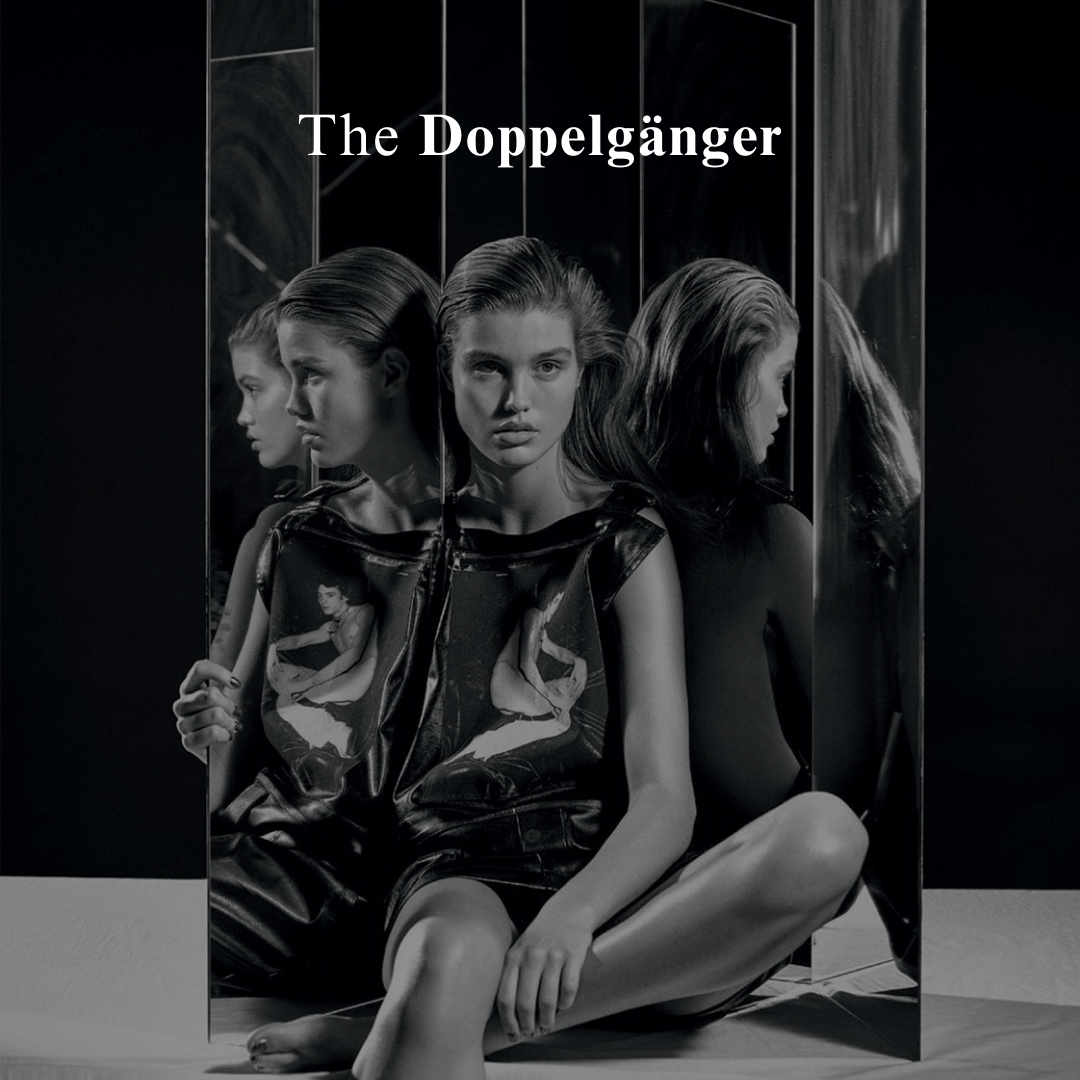
The Doppelgänger:
Overwhelm & Confusion
When the inner world feels heavy with noise, our outer world often mirrors the storm.
Style becomes either muted into numbness or overcomplicated in an attempt to find clarity. What we wear, in these moments, tells the truth of our exhaustion:
I don’t know who I am right now,
so I’ll either disappear into autopilot, or drown in imitation.
MOOD 10:
“I’m exhausted by choices.”
Typical Outfits: The same outfit on repeat, rotating default basics, hair unstyled, shoes practical over polished.
Psychology: This is decision fatigue.
Life feels too chaotic, so fashion becomes survival mode. Instead of expression, clothing is reduced to a script you don’t have to think about.
Message: I can’t add one more decision to my day.
Upgrade: Instead of forcing endless options, create a chic capsule wardrobe that simplifies while elevating.
Neutrals, timeless cuts, and one or two signature accessories can make “autopilot” look intentional.
✨ Healing Practice: Journal: Where in my life am I overcomplicating choices? How can I bring simplicity without losing beauty?
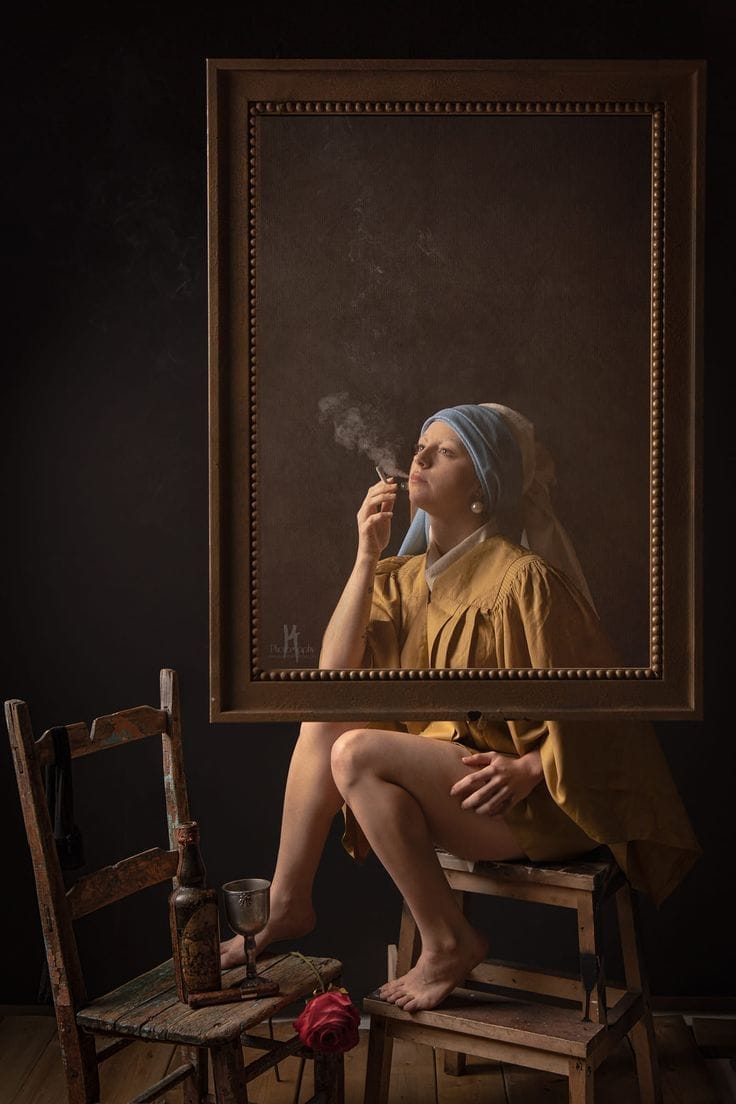
MOOD 11:
“I’m trying too hard to be someone else.”
Typical Outfits: Copy-paste influencer looks, fast-fashion hauls, dressing in aesthetics that don’t feel like home.
Psychology: This is an identity borrowed.
When you’re disconnected from self, imitation feels safer than experimentation.
It’s less about admiration and more about searching for belonging.
Message: "If I look like her, maybe I’ll feel like her."
Upgrade: Take inspiration, but filter it through your soul.
Instead of replicating a trend head-to-toe, ask:
What piece of this aesthetic truly resonates with me?
How can I adapt it into my own language of style?
✨ Healing Practice: Journal: What is one piece of clothing that feels the most “me”?
What does it say about who I really am?
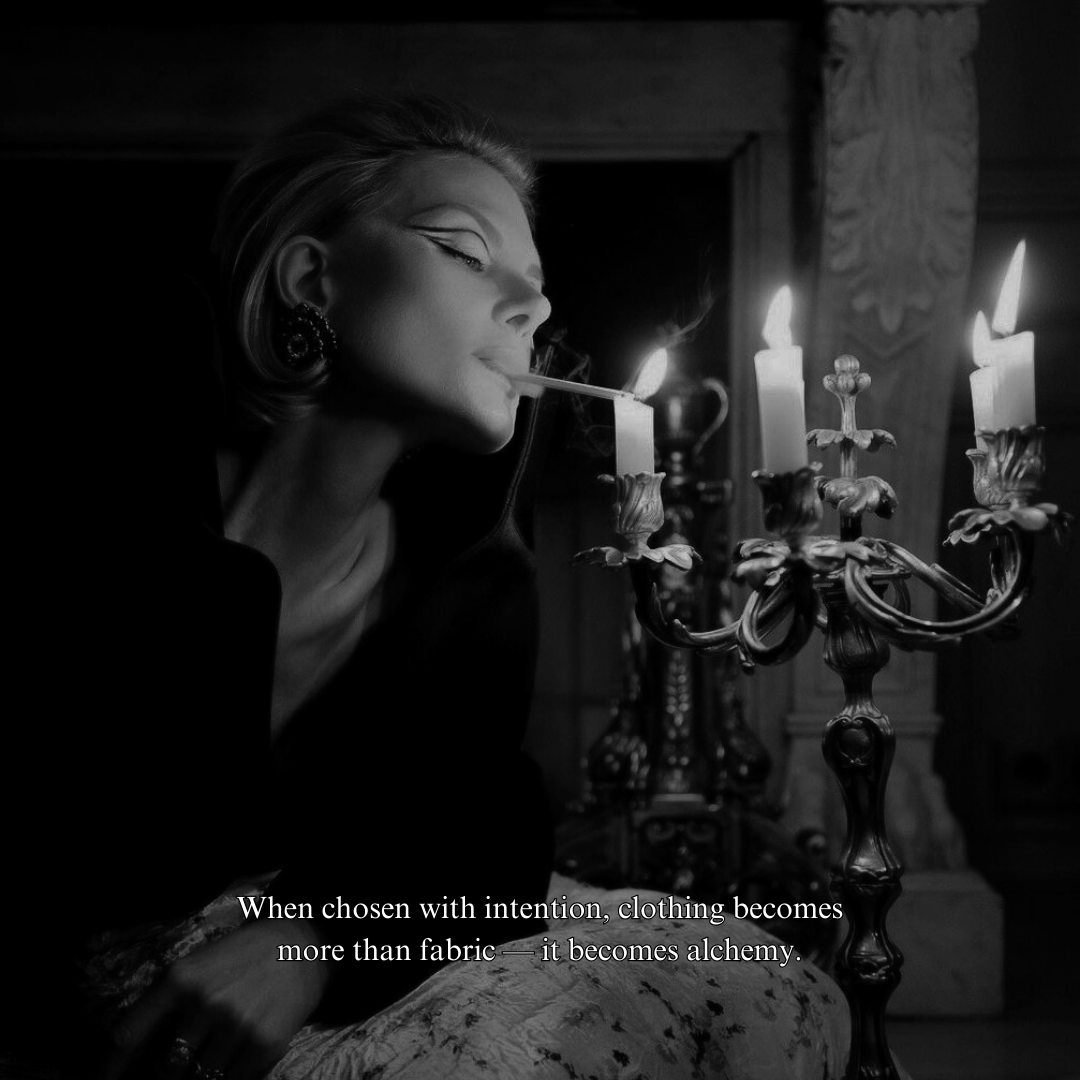
From Chaos to Alchemy...
Just as our wardrobe can reflect emotional chaos,
it can also evoke the opposite: healing, confidence, softness, power.
When chosen with intention, clothing becomes more than fabric: it becomes alchemy.
The right silhouette can help you feel grounded.
The right fabric can soothe your nervous system.
The right color can shift your entire frequency.
Fashion isn’t just about aesthetics; it’s about tuning your outer world to call forth the inner world you’re ready to embody.
✨ Style is not a mask, It’s a mirror.
And, when you choose with discernment, it becomes your magic.
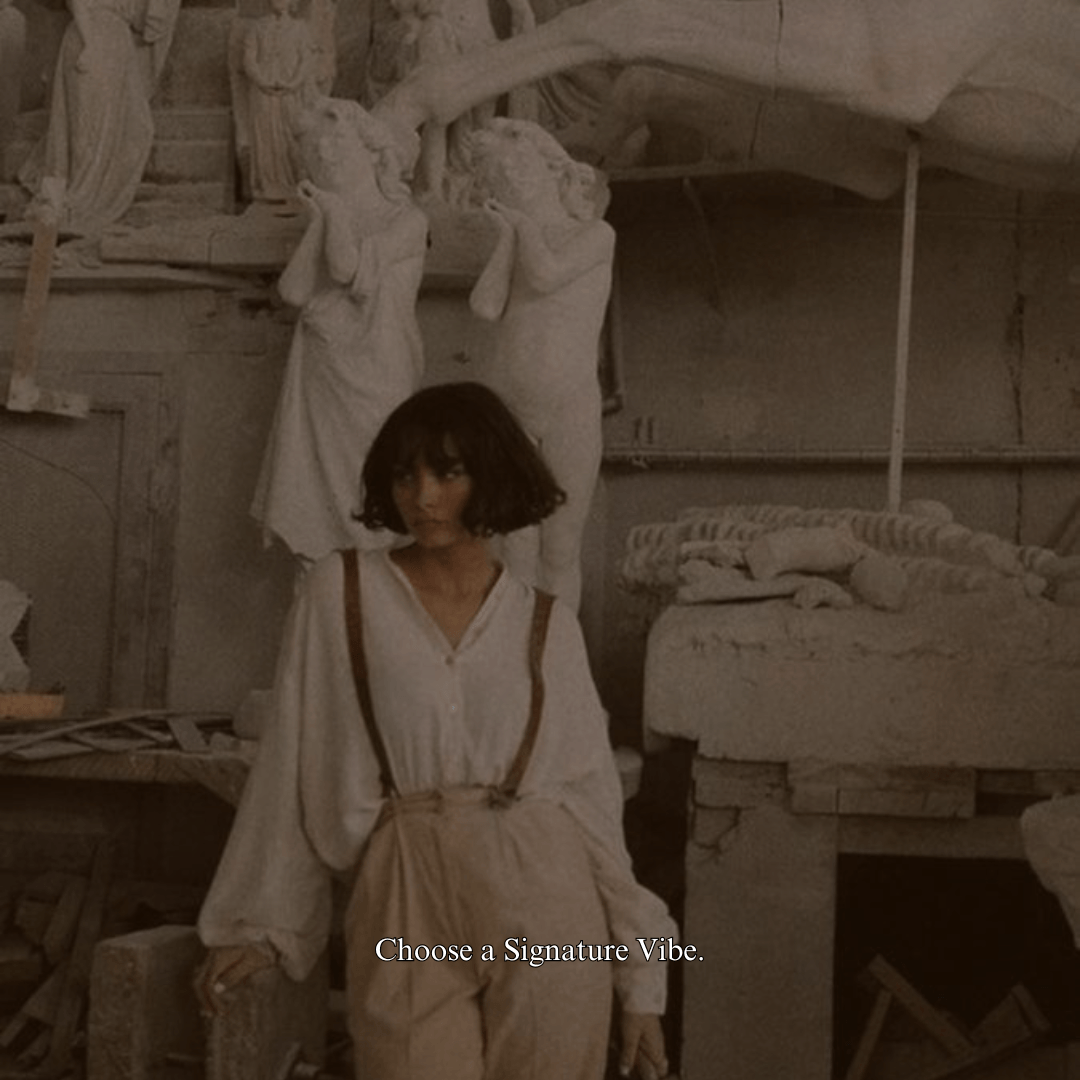
10 Fashion Alchemy Tips for Authentic Style
1. Choose a Signature Vibe
Pick one vibe that feels like your soul made tangible — Dark Academia, Chic and Sparkly, Romantic Reinassance, Modern Day Rebel. Wear it often. Let it be your talisman, your silent declaration of self.
2. Dress for the Energy You Want, Not the Energy You Have
Ask yourself: How do I want to feel today? Confident? Soft? Untouchable? Build the outfit that summons that energy. You’re not escaping — you’re embodying.
3. Release the “Someday Pile”
Those clothes you’re saving for when you shrink, glow-up, or finally “deserve” them? Let them go. They anchor you to low-frequency timelines. Make space for the self you are now.
4. Curate a Color Palette That Mirrors Your Essence
Discover the shades that bring your face alive and your spirit forward. Build a palette that reflects you — earthy, ethereal, bold, or soft. Think less color chaos, more soul harmony.
5. Treasure-Hunt the Past
Collect vintage pieces that feel like relics of forgotten worlds — corsets, brooches, heirloom rings. Then, ground them with timeless staples like a blazer or silk blouse. Let your wardrobe whisper both history and presence.
6. Curate by Emotion, Not Trend
Instead of chasing the algorithm, create mood-worlds in your closet: Power, Romance, Mystery, Play. Each morning, step into the realm your soul craves.
7. Simplify to Amplify
Style is not in the clutter but in the curation. A capsule of refined neutrals + carefully chosen statement accents creates an aura of effortless magnetism.
8. Let Accessories Speak
Jewelry, scarves, and purses are more than ornaments — they’re amulets. Wear pieces that hold meaning, intention, or even rebellion. Let them tell your story before you do.
9. Choose Ethical Statements
Luxury is not about cruelty. It’s about consciousness. Opt for brands that reflect your values and beliefs. Vegan leathers, organic silks, recycled gold. Pieces that honor both the Earth and your elegance.
10. Dress as Your Future Self
Imagine the wealthiest, most radiant version of you entering the room. What is she wearing? Now — wear it today. Stop waiting to become her. Call her into existence now.
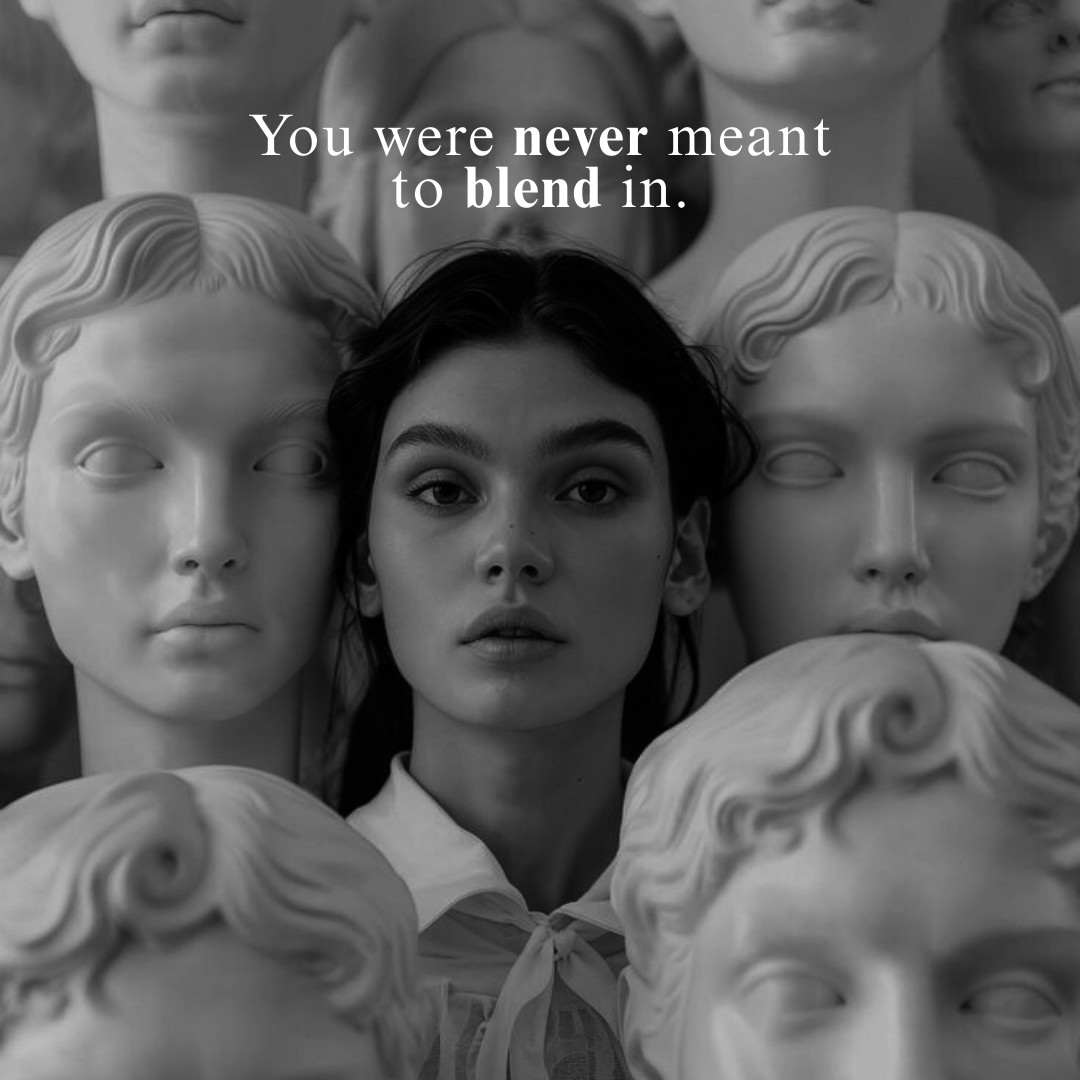
Because fashion isn’t about fabric.
It’s about frequency.
Every piece you wear is a spell.
So choose wisely, and dress like you are the masterpiece.
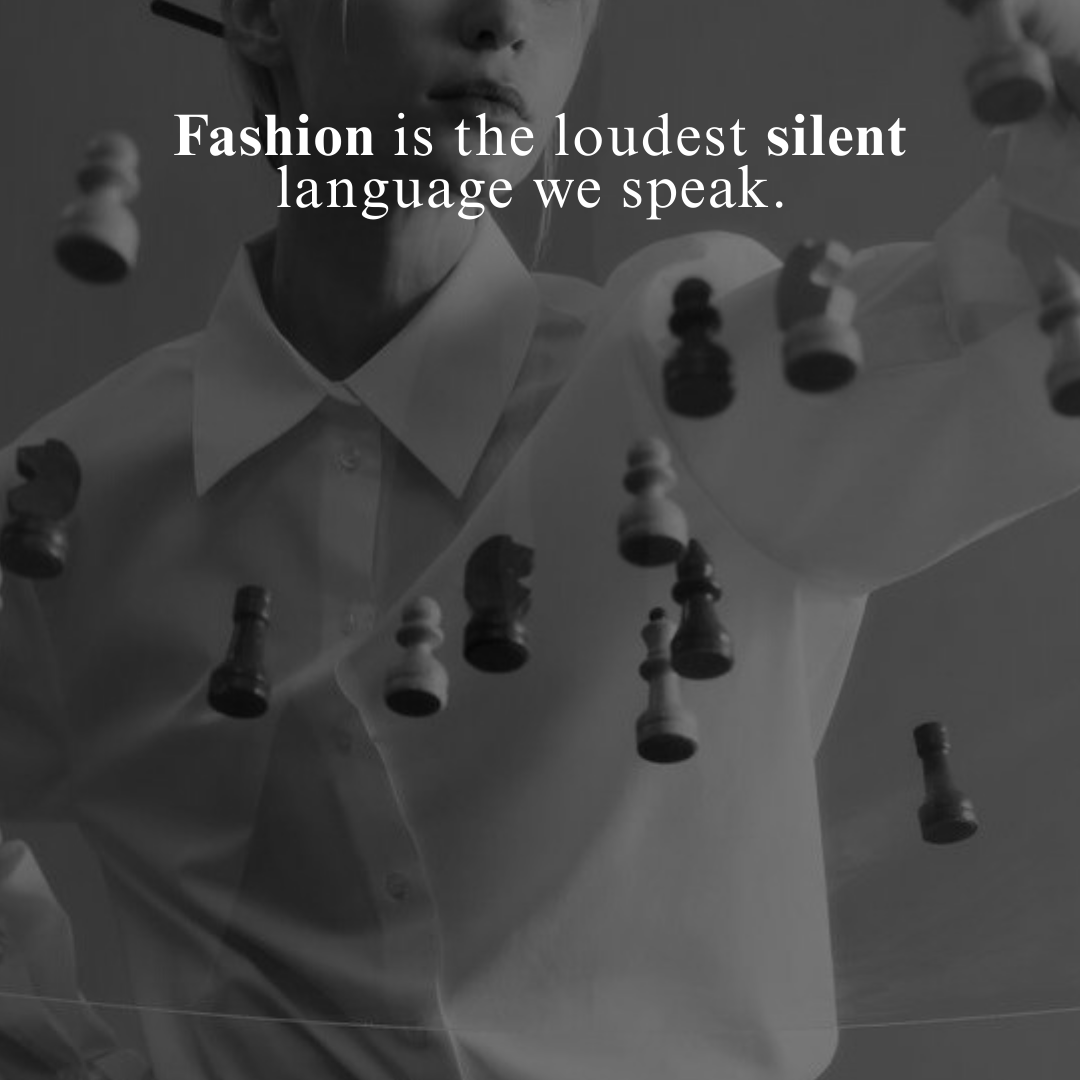

A curated Digital Atelier.
CATEGORIES
Self Mastery
Fashion & Style
Lifestyle Curation
Digital Realm
All Rights Reserved.


